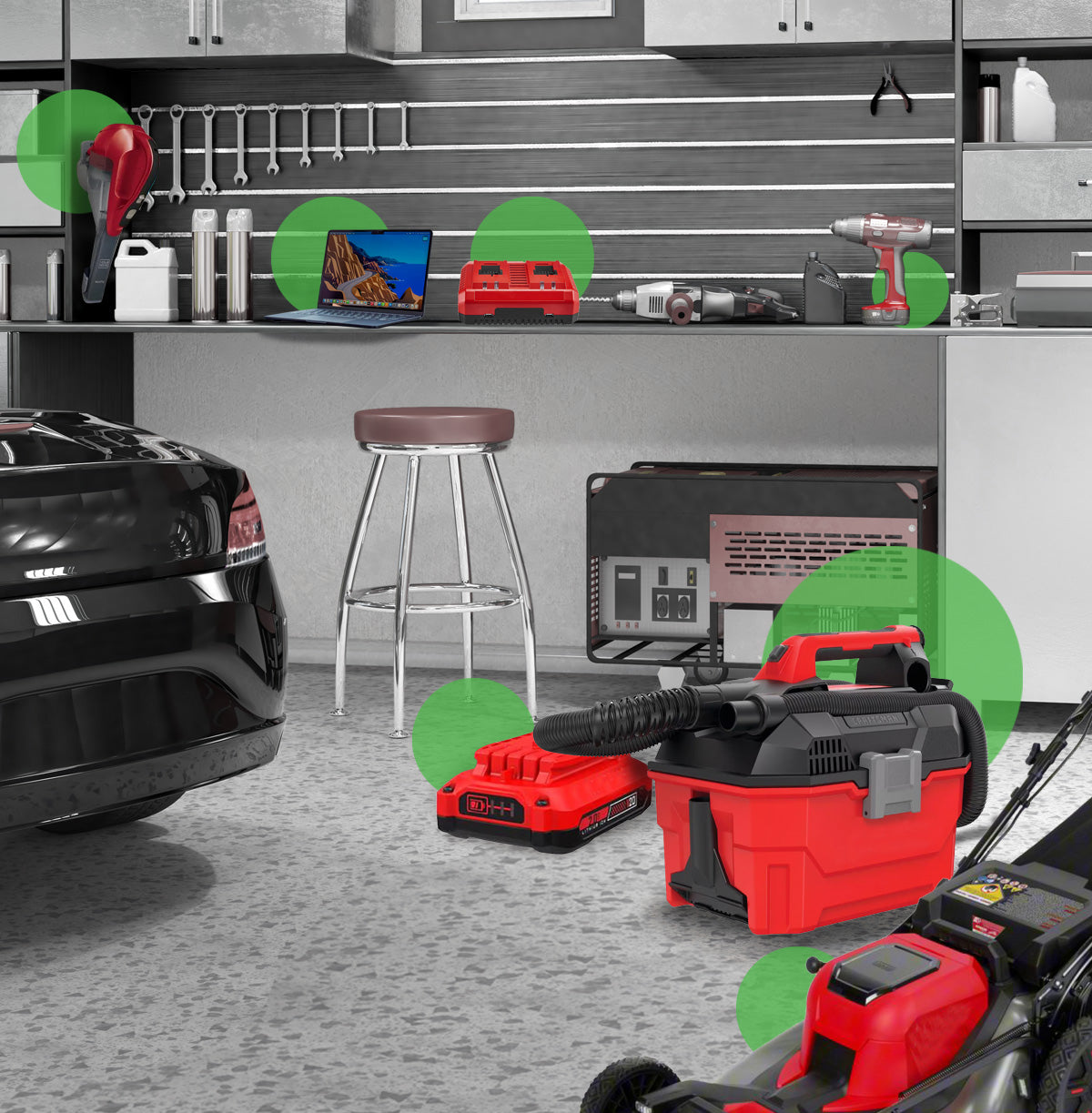College dorm life is full of new experiences, freedom, and personal responsibility—but it also comes with hidden risks. One of the fastest-growing threats on campuses today is dorm room fires caused by overheating vape devices. As the popularity of vaping rises among college students, so do the fire hazards associated with improper charging, faulty batteries, and poor storage habits.
The Vape Fire Risk: What You Need to Know
While e-cigarettes and vape pens may seem harmless, they contain lithium-ion batteries that can overheat, explode, or catch fire under the wrong conditions. These incidents are especially dangerous in dorm rooms, where flammable materials like bedding, clothing, and furniture are packed into tight spaces.
Common causes of vape-related fires include:
- Overcharging or using incompatible chargers
- Damaged or counterfeit batteries
- Leaving devices on beds or flammable surfaces while charging
- Exposure to extreme heat or direct sunlight
- Poor ventilation in small dorm spaces
Real Consequences on Campus
In recent years, multiple universities have reported dorm fires linked directly to vape devices. Even a small vape battery malfunction can spark a fire that causes thousands of dollars in damage, forces evacuations, or worse—puts students’ lives at risk. Colleges are beginning to take this threat seriously, with some implementing stricter rules around vape storage and charging.
Vape Safely: Tips for Students
If you or your roommate vape, follow these safety tips to reduce the risk of fire:
First - pack a BurnBuster Lithium Fire Extinguisher in your college safety kit
- 🔌 Use the manufacturer-approved charger only
- 🔋 Never charge your vape unattended or overnight
- 🛏️ Keep it off beds, pillows, or flammable surfaces
- 🧯 Store it in a cool, dry place away from sunlight
- ✅ Avoid cheap or unregulated vape devices and batteries
How Colleges Can Help
Campus safety offices should take proactive steps to educate students about vape safety. Orientation programs, dorm meetings, and social media outreach can all play a role in preventing fires. Installing smart sensors that detect rapid heat spikes or smoke in dorms is another effective preventative measure.
Final Thoughts
Vape devices may be small, but their potential for damage is significant—especially in the close quarters of college dorms. By understanding the risks and practicing safe charging and storage habits, students can help prevent vape-related fires before they start.
Stay smart. Stay safe. Don’t let a vape fire ruin your college experience.




Leave a comment
This site is protected by hCaptcha and the hCaptcha Privacy Policy and Terms of Service apply.